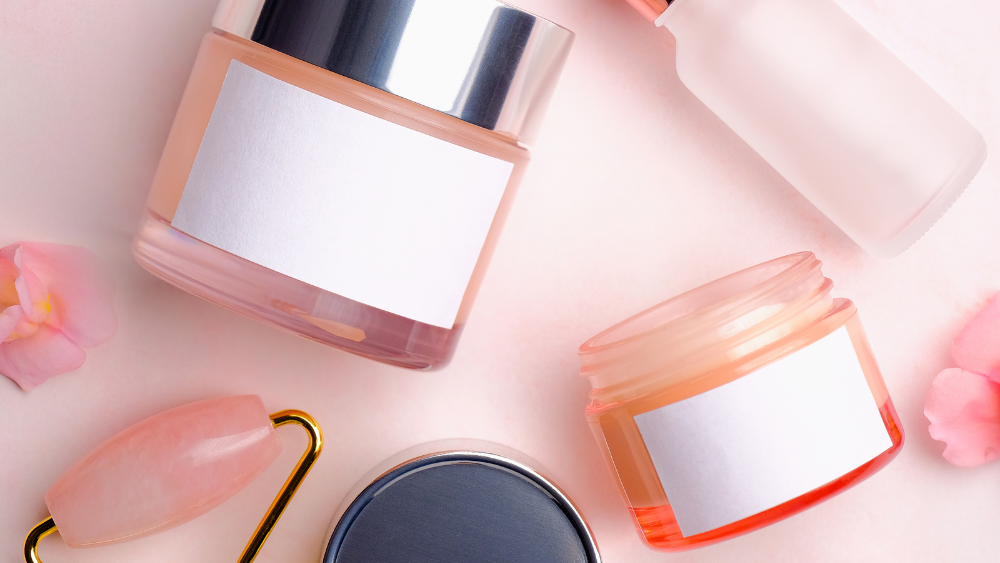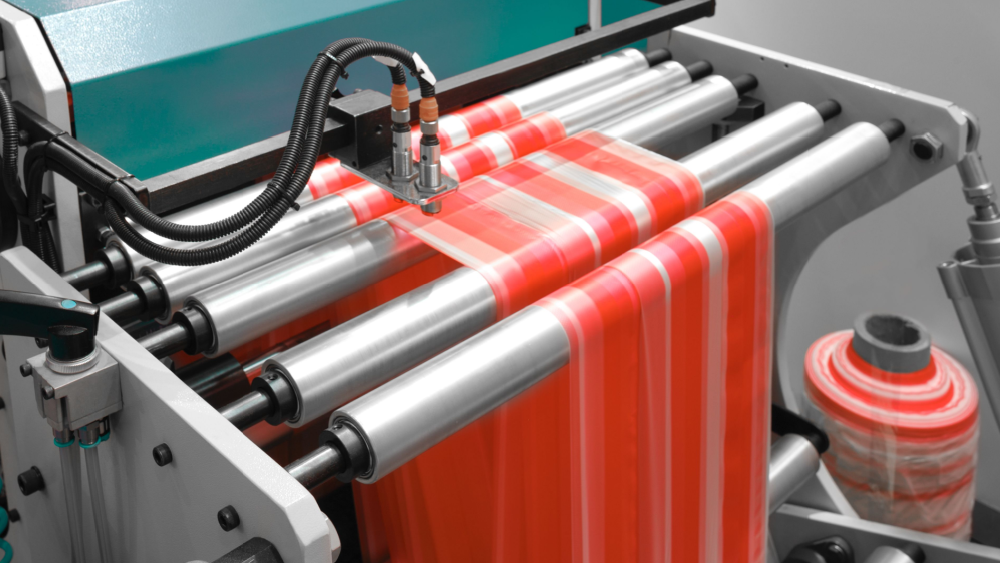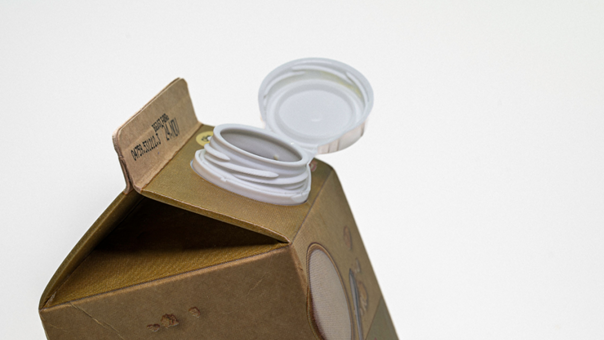A good amount of thought should be put into your product label design. Not only is it essential that the label reflects your brand’s identity and engages consumers, but it should also include practical and informative functions that will further enhance the customer experience.
During the design phase, several elements must come together, including colours, features, and materials. Additionally, your label shouldn’t only enhance sales but also build your brand through its design and link it to the product.
Let's take a quick look at five things to consider before designing your label:
1. Label colours can influence customer experience
Product, packaging, and label design have a lot in common, and colour choices are crucial. This is particularly true in our multicultural society here in India.
You may have heard that consumers can react emotionally to colours? Although scholars argue whether this is an exact science, there is a consensus that colours can have a neurological effect – whether the associations are learned or innate.
For example, green tones often symbolize new beginnings, happiness, sustainability, and nature. This colour should, therefore, be used to sell products that should be perceived as healthy, fresh and environmentally friendly.
Different colours give different associations and have specific meanings:
|
Yellow: |
Freshness, Energy, Youthfulness, Divinity, Spring, Earth, Knowledge, Wisdom. Stimulates the mind |
|
Red: |
Power, Positivity, Love, Passion, Care, Unity, Anger, Forbidden, Strength, Maturity, Courage |
|
Orange: |
Warmth, Enthusiasm, Purity, Light, Motivation, Youthfulness, Happiness |
|
Pink: |
Playful, Childish, Feminine, Fascinating, Attractive, Safe, Caring, Happiness, Prosperity |
|
Blue: |
Clean, Soothing, Integrity, Responsible, Confident, Honesty, Financial, Sky, Ocean, Infinity |
|
Green: |
New beginnings, Happiness, Life, Nature, Sustainability |
|
Purple: |
Quality, Exclusivity, Creativity, Inspiration, Compassion, Ethics |
Influencing consumer behaviour through associations with colours is a very effective tool, especially when you have identified the emotions and lifestyles that attract your target audience.
With a holistic approach to colours, you can communicate the same feelings throughout the label, packaging, component, and brand. In turn, this will also contribute to your product standing apart from everyone else's.
2. Add features to the labels
A label can carry more than just a logo, product name, product information, or the brand itself. And we're not just referring to the countless different textures and finishes, but also purely practical functions such as:
- Peel & Read
- Personalized label
- Scratch ink label
- Security features (Watermark and Micro Text)
- Smart functions (Interaction and QR codes)
3. The label's shape can create important associations

The shape of the label usually depends on the shape of your product component. However, the shape itself can trigger some interesting associations from your potential buyer. It can be beneficial to be aware of the following connotations:
|
Triangle: |
A message, warning, or reassuring |
|
Circle: |
Mysterious, feminine, or solid |
|
Rectangles: |
Security, strength, and discipline |
When colours, text, and other design elements are added to the label, associations may change. Still, it is wise to be aware of this potential at an early stage of designing your label.
Read more: The psychology behind labelling and packaging that sell
4. Choosing material, adhesive, application, and usage

You may also want to think about the practicalities of label production. The choice of label type, material, and adhesive can, of course, affect how the label fits and adapts to your product. These are questions you should consider:
- Type of label: Is your product for personal care, home care, automotive, food, drinks, etc.?
- Material: Plastic, bio or paper, and what kind?
- Adhesive: Permanent, removable, for humid storage, or freezing?
- Application: Automatic or manual application?
- Durability: What type of impact do you expect throughout the entire supply chain?
If you are a business owner or a product manager, it certainly helps to have an overview of your labelling possibilities.
But remember – you do not need to know absolutely everything about labels to get started. Some of our clients prefer making all their labelling choices themselves and simply placing their order. Others want our guidance throughout the process – even before their packaging is developed.
5. Cost-efficiency methods within labelling
At Skanem India, we know that price is always an important factor, regardless of company size. Before meeting with a label supplier, we recommend that you consider the following six questions related to cost-saving measures and solutions:
- Size: Can the size of the label be optimized? The more utilization of the material (web), the less waste you’re creating and the more efficient the label becomes.
- Shape: Can the existing shape be used, or will a new one be required?
- Materials: Do you require standard materials or specialized materials?
- Design and colour: Will your labels require standard CMYK or unique colours?
- Effects: Should added effects such as metallic shimmer or tactile texture be used?
- Co-production: Are there other labels in the same format, design, and material on the production line?
Read more: Sustainable manufacturing: Optimizing material and energy consumption
Once you’ve developed an overarching idea for your label, it’s crucial to ensure that the technical side of the design – whether it’s created in-house or by a separate design agency – is functional for your product component and production process.
Nevertheless, it’s still our responsibility as a label manufacturer to advise you so you can ensure that the labels are best suited for both your business and your products.







